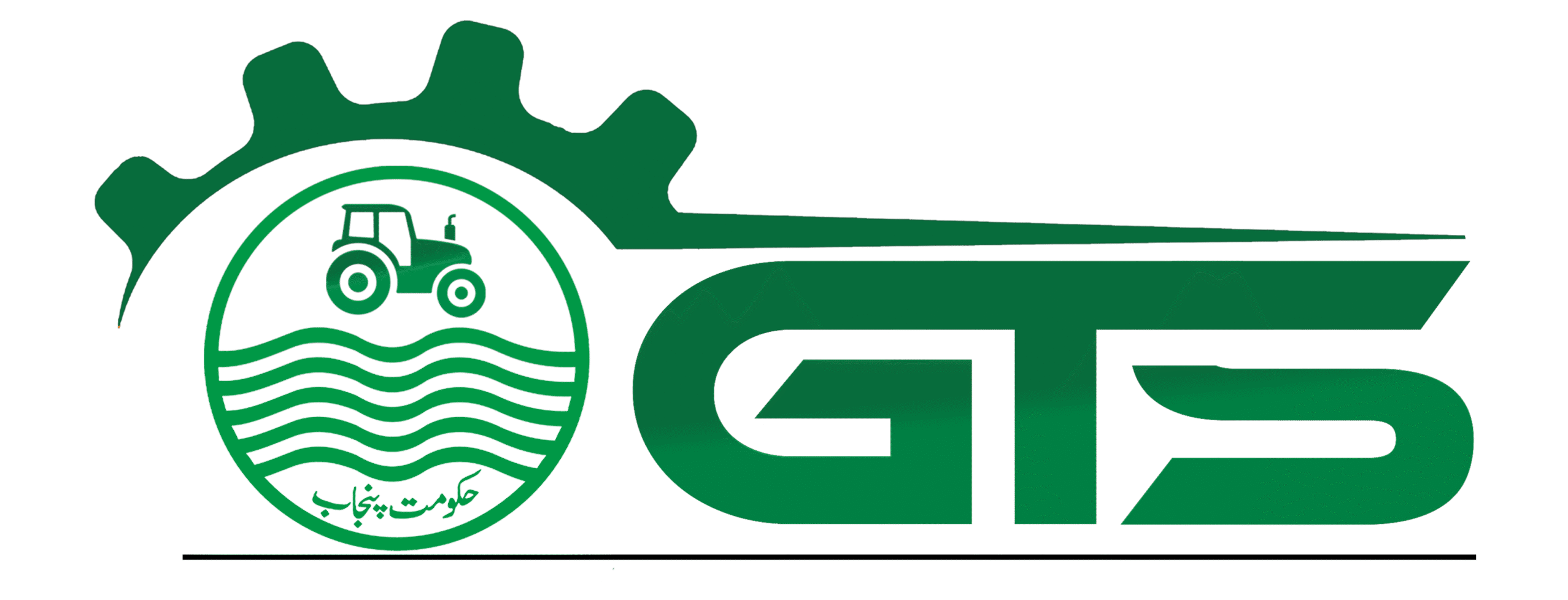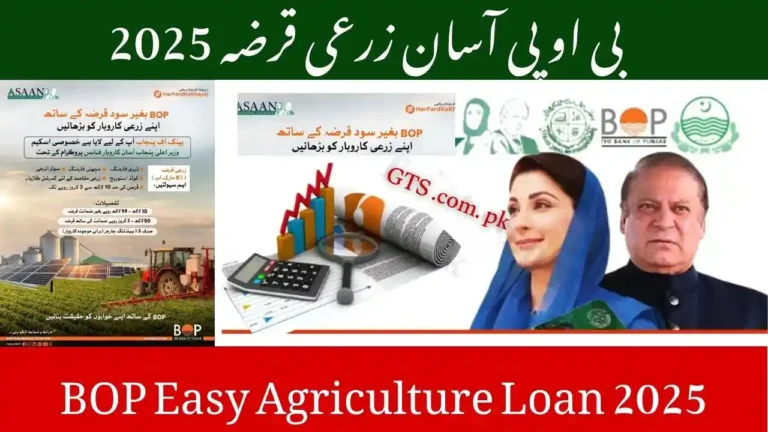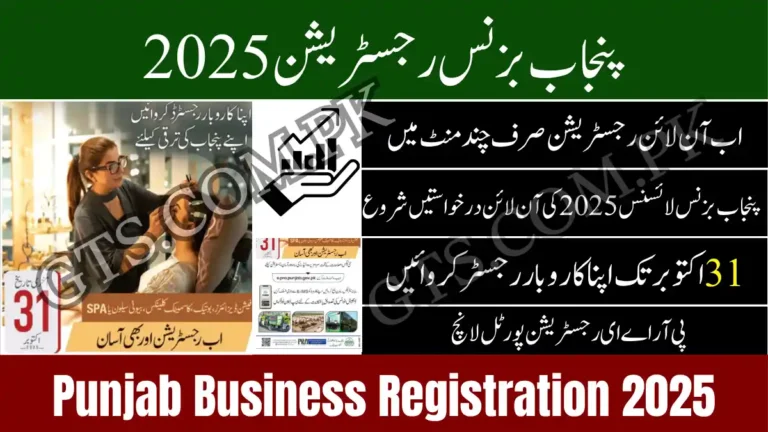CM Maryam Nawaz Launches Historic Flood Relief Program for Victims 2025
In a groundbreaking move to alleviate the suffering caused by the catastrophic floods in Punjab, Chief Minister Maryam Nawaz has unveiled the Historic Flood Relief Program 2025. This extensive initiative aims to provide comprehensive support to the flood victims, helping them recover from the devastation that has destroyed homes, livelihoods, and essential resources. Through this program, the provincial government is stepping forward to rebuild the lives of those affected, offering immediate relief as well as long-term recovery options.
The Historic Flood Relief Program 2025 focuses on multiple facets of recovery, including financial aid for home reconstruction, support for vulnerable groups such as disabled individuals, livestock recovery for farmers, and specific relief initiatives for flood-damaged mud houses and brick houses. The program’s most remarkable feature is its inclusivity, as it seeks to ensure that the most marginalized communities, including those with disabilities, are not left behind. The launch of this initiative marks a new chapter in disaster recovery, making it one of the most ambitious and comprehensive relief efforts in the region’s history.
Flood Relief for Mud Houses 2025: A Lifeline for Rural Families
The Vulnerability of Mud Houses
In rural Punjab, many families live in mud houses, which are built using locally available materials. While these homes are cost-effective and often provide shelter for the poor and rural workers, they are extremely vulnerable to natural disasters, particularly floods. The recent floods have caused significant damage to these homes, leaving thousands without shelter and in dire need of assistance. To address this, the Flood Relief for Mud Houses 2025 initiative was launched to help families rebuild their homes and restore their livelihoods.
Immediate Relief and Reconstruction Plans
The Flood Relief Mud Houses 2025 program is designed to provide financial assistance to those whose homes have been destroyed. Families will receive up to Rs. 200,000 to help them rebuild their mud homes. The government is committed to not only restoring these homes but also ensuring that the new structures are more resilient to future floods. The aid will allow families to buy construction materials, replace lost household items, and improve the structural integrity of their homes.
A unique aspect of this initiative is its focus on sustainable and flood-resistant rebuilding methods. Families will be guided on how to incorporate flood-resistant designs, ensuring that their homes are better equipped to withstand future natural disasters.
Read More: Flood Relief Fund Pakistan 2025
Flood Relief Cheque Distribution: Starting October 17, 2025
Efficient Distribution for Swift Relief
A critical component of the Historic Flood Relief Program 2025 is the distribution of flood relief cheques, which will begin on October 17, 2025. This initiative will offer immediate financial support to families who have suffered extensive damage. The Flood Relief Cheque Distribution program is designed to provide quick access to much-needed funds, helping flood victims cover essential expenses like rebuilding their homes, replacing lost goods, and getting their lives back on track.
The Application and Distribution Process
The relief cheques will be distributed based on the severity of the damage. Families whose homes were completely destroyed will receive up to Rs. 100,000, while those with partial damage will receive amounts ranging from Rs. 50,000 to Rs. 75,000. The distribution will be organized in phases, with priority given to the most severely affected areas.
To apply for the flood relief cheque, individuals must register through the official government portal or at designated relief centers. Once verified, recipients will receive a confirmation message via SMS or email, notifying them about the collection date and location. The goal is to ensure a seamless and efficient distribution process, ensuring that aid reaches those who need it most, without delay.
5 Lakh Aid for Flood-Affected Livestock 2025: Reviving Rural Economies
Livestock: The Backbone of Rural Punjab
Livestock is at the heart of rural Punjab’s economy. For many families, cattle, buffaloes, goats, and sheep are not just sources of food and income but integral parts of the farming process. The recent floods have devastated livestock populations, leaving farmers without the resources to sustain their livelihoods. The 5 Lakh Aid for Flood-Affected Livestock 2025 initiative addresses this critical need by offering financial support to help farmers recover their lost animals.
Livestock Recovery Process
Under this initiative, farmers who have lost large livestock such as cattle, buffaloes, or camels will receive Rs. 5 Lakh. For those who have lost smaller animals like goats and sheep, the financial aid will amount to Rs. 50,000. This support is crucial in enabling farmers to rebuild their herds and resume agricultural activities, which are vital for their families’ survival.
The program ensures that farmers have the resources they need to recover quickly and restore their livelihoods. The aid will be distributed directly into the farmers’ bank accounts or at designated collection points, ensuring swift access to funds. This initiative is a lifeline for rural communities, as it empowers farmers to rebuild their businesses and recover from the devastation.
CM Punjab Flood Relief Disability Assistance 2025: Supporting the Most Vulnerable
H2: Empowering Disabled Individuals in the Recovery Process
The CM Punjab Flood Relief Disability Assistance 2025 is an important aspect of the Historic Flood Relief Program 2025, focusing on providing specialized assistance to individuals with disabilities. Disabled individuals often face unique challenges during disaster recovery, including difficulties accessing aid and rebuilding their lives. This program ensures that these individuals are not left behind.
H3: Tailored Support for Disabled Victims
The program offers a comprehensive range of services to disabled flood victims, including financial aid for medical expenses, rehabilitation services, and the provision of assistive devices such as wheelchairs, hearing aids, and prosthetics. The aim is to ensure that disabled individuals can regain their independence and actively participate in the recovery process. By addressing their specific needs, the program empowers them to rebuild their homes and livelihoods.
Furthermore, disabled individuals who have lost their homes will receive priority support in the Flood Relief Cheque Distribution, ensuring that they get the financial assistance they need to recover quickly.
Flood-Damaged Brick Houses Relief 2025: Rebuilding with Resilience
H2: Reconstructing Flood-Damaged Homes for the Long Term
Many urban and semi-urban areas in Punjab rely on brick houses, which, though more durable than mud houses, still suffered significant damage in the recent floods. The Flood-Damaged Brick Houses Relief 2025 initiative seeks to provide financial assistance to rebuild these homes, with a focus on using stronger, flood-resistant materials.
H3: Building Stronger Homes for the Future
Under this program, families whose brick homes were severely damaged or destroyed will receive up to Rs. 1,000,000 to help rebuild their homes. The funds will be used to purchase construction materials, cover labor costs, and replace household items that were lost during the flood. The program will also encourage the use of flood-resistant techniques to make homes more resilient in the face of future floods.
The goal of this initiative is not just to rebuild homes but to ensure that these homes are stronger and more durable, offering families long-term protection and security.
Read More: Maryam Nawaz Rs 1 Million Flood Relief 2025
FAQs:
1. Who is eligible for the Historic Flood Relief Program 2025?
Eligibility criteria for the various aspects of the program include being a resident of flood-affected areas in Punjab, having proof of flood damage (such as photographs or official damage reports), and being registered with the local authorities or disaster management centers. Specific programs like livestock aid or disability assistance have additional eligibility requirements.
2. How do I apply for flood relief assistance?
Applications for flood relief cheques and other forms of aid can be submitted online via the official government portal or at designated relief centers. Applicants will need to provide their CNIC, flood damage reports, and any other necessary documentation to verify their eligibility.
3. When will the flood relief cheques be distributed?
The distribution of flood relief cheques will begin on October 17, 2025. The cheques will be distributed in phases, with notifications sent to applicants about when and where they can collect their aid.
4. How much aid will I receive if my livestock was affected?
Farmers who have lost large livestock such as cattle and buffaloes will receive Rs. 5 Lakh in aid, while those who have lost smaller animals like goats and sheep will receive Rs. 50,000.
5. Can I use the flood relief cheques for rebuilding my home?
Yes, the relief cheques can be used to rebuild homes, replace lost household goods, and cover other essential expenses related to flood recovery.
6. How will the funds be disbursed?
The financial aid will be disbursed directly into beneficiaries’ bank accounts or provided at designated collection points, depending on the program.
7. Will there be special support for people with disabilities?
Yes, the CM Punjab Flood Relief Disability Assistance 2025 program provides specialized financial aid, rehabilitation services, and assistive devices to ensure that disabled individuals are included in the recovery process.
Eligibility Criteria:
To be eligible for the Historic Flood Relief Program 2025, applicants must meet the following conditions:
- Flood Impact: The applicant must be a resident of a flood-affected area in Punjab.
- Documentation: Applicants must provide proof of flood damage (e.g., photographs, government-issued damage reports).
- Identity Verification: A valid CNIC is required for identification and residency verification.
- Registration: Applicants must have registered with local disaster management authorities or the Punjab government’s relief portal.
How to Apply:
- Visit the Official Portal: Applicants can apply through the official online portal or at designated relief centers.
- Provide Documentation: Submit necessary documents, including CNIC, proof of flood damage, and any other required papers.
- Fill Out the Application Form: Complete the application form with accurate details about the flood impact and personal information.
- Submit for Review: Once the application is submitted, it will be reviewed by local authorities or disaster management teams for verification.
- Receive Notification: Once approved, applicants will receive notifications via SMS or email about the status of their application and the collection of funds.
Conclusion:
The Historic Flood Relief Program 2025 represents a monumental effort by the Punjab government to support flood victims and help them rebuild their lives. Through its comprehensive approach, the program offers financial aid, specialized support for vulnerable groups, and long-term recovery solutions. Whether it’s rebuilding homes, restoring lost livestock, or supporting disabled individuals, this initiative is designed to ensure that every affected family can recover with dignity and strength.
The program’s inclusivity and focus on resilience make it a model for future disaster recovery efforts. As CM Maryam Nawaz leads this initiative, it is clear that the Punjab government is committed to not just restoring what was lost but empowering flood-affected families to thrive in the years to come.







